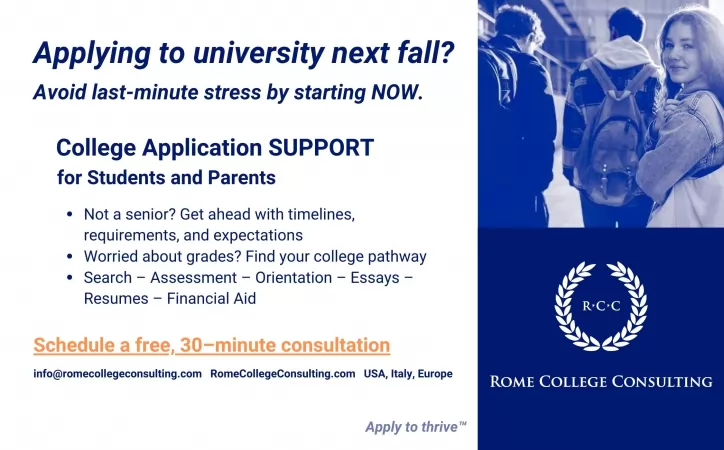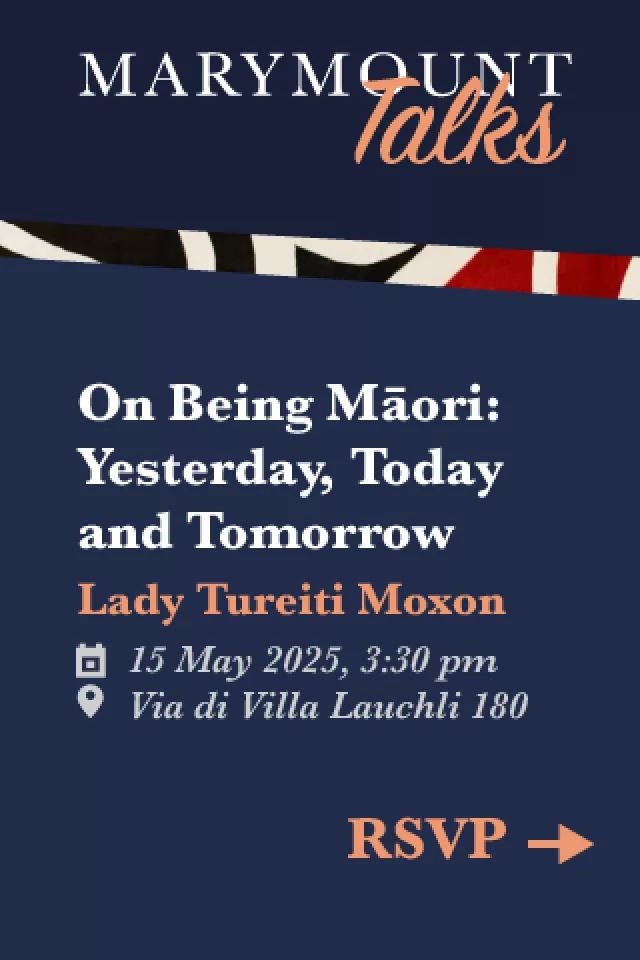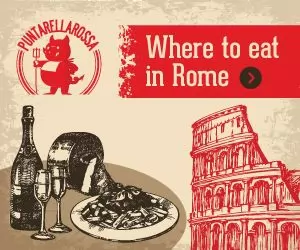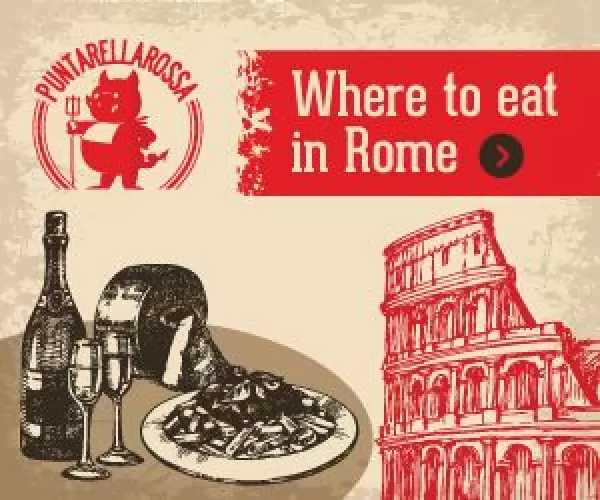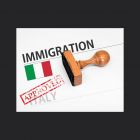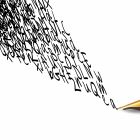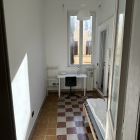Conclave to elect new pope to begin on 7 May
Cardinals will gather to elect a new leader of the Catholic Church in a centuries-old voting system shrouded in secrecy.
The papal conclave, the solemn and secretive process in which cardinals convene to elect a successor to Pope Francis, will begin on 7 May, the Vatican said on Monday.
The world's attention turns to the Vatican once again - two days after the funeral of Francis who died on 21 April aged 88 - amid speculation about who will be the new pope.
Cardinal-electors
The late Argentine pontiff appointed 108 of the 135 cardinal-electors, many of them in countries far away from the Vatican's traditional European powerhouse, offering a more global perspective than ever before.
Many of the new cardinals have not even met each other until recent days, making it even harder to predict who will emerge from the conclave as the 267th pope and leader of the world's 1.4 billion Catholics.
There are currently 252 cardinals from 90 countries, however only those under the age of 80 are eligible to vote for the successor of Francis, who was buried in the Basilica of Santa Maria Maggiore on Saturday.
Although several prominent cardinals are being touted as papabili - potential contenders to succeed Francis - Vatican experts point to the old saying: "He who enters the conclave as pope, leaves it as a cardinal".
Novemdiales
The pope's funeral marked the start of the Novemdiales, an ancient tradition of nine days of mourning, only after which can the conclave begin.
During the papal interregnum - the period between the death of a pope and the election of a new one - the day-to-day administration of the Vatican is entrusted to the Camerlengo, Cardinal Kevin Farrell.
Sworn to secrecy
For the duration of the conclave, the cardinal-electors must reside in the Casa Santa Marta guest house in Vatican City.
They are sworn to secrecy about everything that happens during the conclave and may not talk to anyone who is not involved in the electoral process until after the election.
To protect against outside influence, the cardinals will be banned from communicating with the outside world, meaning no phones, newspapers, television or internet.
The word "conclave" comes from the Latin cum clave - meaning "with a key" - reflecting the tradition of locking the cardinals away from the outside world.
Sistine Chapel
The conclave will be held in the Sistine Chapel, beneath the frescoes painted by Renaissance master Michelangelo, in a tradition dating back to the 15th century.
The first vote will be taken soon after the conclave convenes. There are four votes per day - two in the morning and two in the afternoon - until one candidate secures a two-thirds majority.
White smoke
At the end of each voting session, the ballots are burned in a furnace, while a separate furnace tells the world the outcome of the vote.
Crowds gather in St Peter's Square to see the colour of the smoke billowing out through the chimney of the Sistine Chapel: if a pope has been elected, the smoke will be white. If not, it will be black.
The smoke signals traditionally occur at around midday and 19.00.
On the election of a pope, the Vatican's bells will ring out as additional confirmation of the news.
Once a cardinal has been elected, he will be asked by the dean of the College of Cardinals - currently Giovanni Battista Re - if he is willing to accept his election as pope.
If he answers in the affirmative, he will be asked by what name he would like to be known.
Habemus papam
The dean of the College of Cardinals will then appear on the central balcony of St Peter's Basilica and announce "Habemus papam", which translates from Latin as: "We have a pope", before revealing the name of the new pontiff.
The pope will greet the crowds from the balcony and impart a traditional Urbi et Orbi (To the city and the world) blessing, used only at Christmas, Easter and on the election of a new pope.
How long have previous conclaves lasted?
Pope John Paul II was elected after eight ballots, over two days, in 1978.
Pope Francis and his predecessor Pope Benedict XVI were both elected in less than two days, in 2013 and 2005 respectively.
Sede vacante
Until the election of a new pope, the Catholic Church remains in the Sede vacante period - a Latin reference to the chair of the Holy See being vacant.
Photo credit: marcobriviophoto.com / Shutterstock.com.



